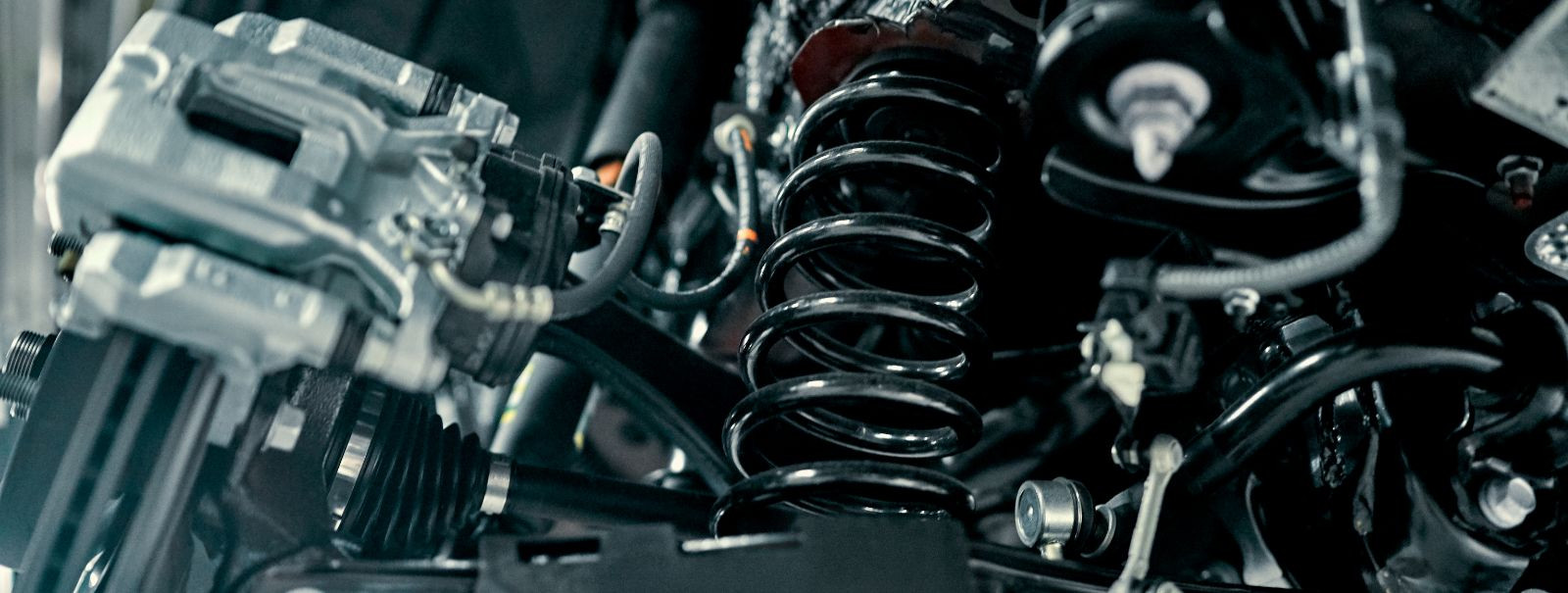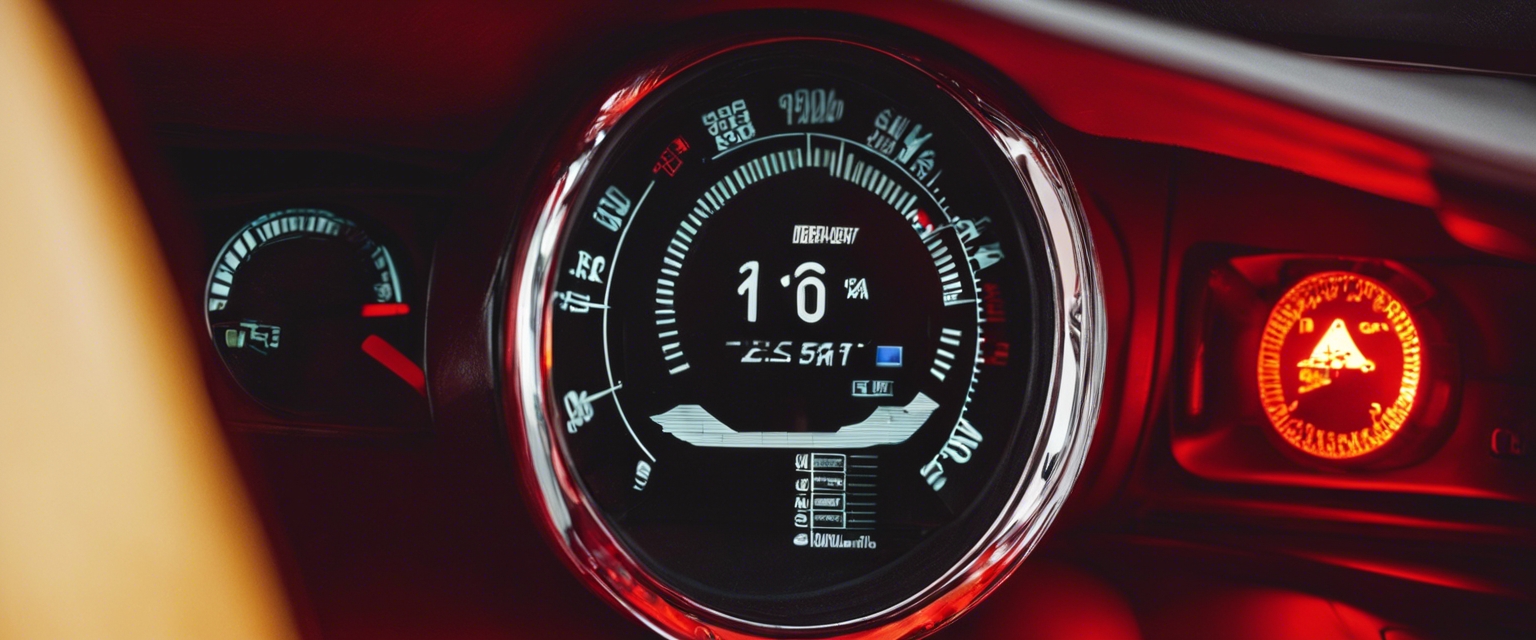Understanding your vehicle's bridge details for a smoother ride
The term 'vehicle bridge' often refers to the structural components of a vehicle that support the chassis and connect the wheels. This includes the suspension system, wheels, axles, and sometimes the term is used interchangeably with 'suspension bridge'. Understanding these components is crucial for maintaining a vehicle's stability, comfort, and safety on the road.
Key components include the chassis, suspension system, wheels, axles, and steering system. Each plays a vital role in vehicle dynamics and ride quality.
The Role of Suspension in Vehicle Dynamics
There are several types of suspension systems, including independent, semi-independent, and solid axle suspensions. Each type has its own set of characteristics that affect the vehicle's handling and comfort.
The suspension system's primary function is to absorb shocks from the road and maintain tire contact. A well-tuned suspension system can significantly enhance ride smoothness and vehicle handling.
Understanding Wheel Alignment and Balance
Wheel alignment is critical for ensuring that your vehicle drives straight and reduces tire wear. Misalignment can lead to handling issues and increased strain on vehicle components.
Wheel balancing ensures that the tires rotate without causing undue vibration. Imbalanced wheels can lead to a rough ride and premature tire wear.
Brake Systems and Their Influence on Vehicle Handling
The brake system includes components such as the brake pads, rotors, calipers, and fluid. Each part must function correctly to ensure safe and responsive braking.
While primarily for safety, brakes also play a role in the smoothness of a ride. Properly maintained brakes prevent jarring stops and contribute to overall vehicle control.
Maintaining Your Vehicle's Bridge for Optimal Performance
Regular inspections can identify issues with bridge components before they become serious. Maintenance tasks such as tire rotation, brake checks, and suspension inspections are essential for a smooth ride.
Common signs of wear or failure include uneven tire wear, strange noises during driving, and a noticeable decrease in ride quality. Addressing these issues promptly can prevent further damage and maintain ride comfort.






Comments (0)